尊敬的用户您好,这是来自FT中文网的温馨提示:如您对更多FT中文网的内容感兴趣,请在苹果应用商店或谷歌应用市场搜索“FT中文网”,下载FT中文网的官方应用。
In January 2020, as doctors struggled to treat the first coronavirus patients, data scientists and biochemists at BenevolentAI turned to artificial intelligence to hunt for a drug to help.
2020年1月,当医生们在努力治疗首批新冠病毒患者时,BenevolentAI的数据科学家和生化学家转向了人工智能,寻找一种可以帮助他们的药物。
The researchers had only a few clues about how the new virus operated. They fed them to their algorithm and set it to work searching 50mn medical journal articles in just a few hours. Together, the scientists and the algorithm deepened their understanding of which biological pathways a drug should target and searched for approved drugs to repurpose.
对于这种新病毒如何运作,研究人员只有很少的线索。他们将这些数据输入自己的算法,让它在短短几小时内搜索5000万篇医学期刊文章。科学家和算法一起加深了他们对药物应该针对哪些生物通路的理解,并寻找已批准的药物来重新利用。
In just four days, they narrowed it down to baricitinib. The Eli Lilly drug usually used to treat rheumatoid arthritis tackles both the virus and the body’s inflammatory reaction. It was the first time AI had discovered a drug to repurpose that has then been used widely.
在短短四天内,他们把范围缩小到巴利西替尼(baricitinib)。这种美国礼来公司(Eli Lilly)通常用于治疗风湿性关节炎的药物可以同时治疗病毒和身体的炎症反应。这是人工智能首次发现一种可以重新利用的药物,然后被广泛使用。
Peter Richardson, the vice-president of pharmacology at the London-based start-up, says AI’s prediction of how the drug would work against Covid — from its biological mechanism to antiviral effect — has now been validated. The World Health Organization strongly recommends the use of baricitinib for severe Covid and the UK’s recovery trial — the national study of treatments for the virus — found it significantly reduces deaths.
这家总部位于伦敦的初创公司的药理学副总裁彼得·理查森(Peter Richardson)表示,人工智能对这种药物如何对抗新冠病毒的预测——从其生物机制到抗病毒效果——现在已经得到了验证。世界卫生组织强烈建议使用巴利西替尼治疗严重的新冠肺炎,而英国的康复试验——一项针对该病毒治疗方法的全国性研究——发现它能显著降低死亡率。
“All of that in two years,” says Richardson. “It is astonishing.”
理查森说:“这一切都在两年内实现。这是令人惊讶的。”
It takes on average a decade to go from the initial discovery stage of a drug to approval and, with a high failure rate, the pharmaceutical industry estimates it costs $2.7bn to bring each one to market. Clinical trials make up the bulk of this time and cost, but discovery and pre-clinical tests can still take three or four years.
一种药物从最初的发现阶段到获得批准,平均需要10年时间,而且由于失败率很高,制药业估计,每一种药物的上市成本为27亿美元。临床试验占据了大部分时间和成本,但发现和临床前试验仍然需要三到四年的时间。
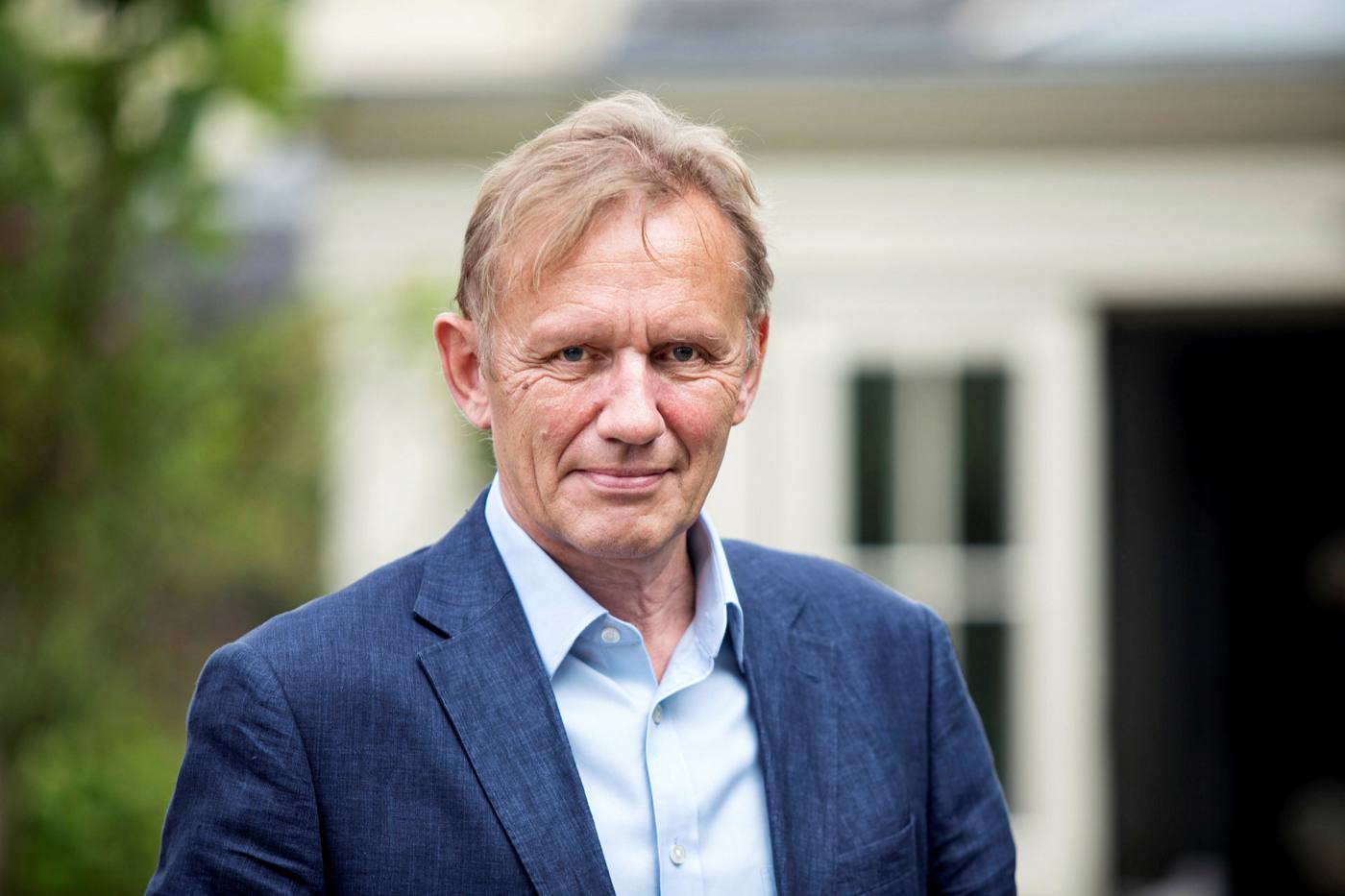

During the pandemic, AI was primarily used as a tool to save scientists’ time, accelerating this notoriously slow discovery process, while often using drugs and vaccines designed for similar viruses such as Mers as a starting point.
在大流行期间,人工智能主要被用作节省科学家时间的工具,加速这一以缓慢著称的发现过程,同时经常使用为类似病毒(如Mers)设计的药物和疫苗作为起点。
But advocates of AI believe its wider use during the crisis is just the start of a revolution in drug discovery that will harness growth in biological and chemical data, computing power and smarter algorithms that could reduce soaring healthcare bills and create treatments for conditions where we have none.
但人工智能的支持者认为,危机期间人工智能的广泛应用,只是一场药物发现革命的开始。这场革命将利用生物和化学数据、计算能力和更智能算法的增长,从而降低不断飙升的医疗费用,并为我们的疾病创造此前不存在的治疗方法。
They argue AI proved itself in the crisis. AbCellera sorted through 6mn cells in three days to find an antibody that could be mass produced — in this case by Eli Lilly — as a drug called bamlanivimab that has helped more than 1mn Covid patients. A supercomputer helped in Pfizer’s quest for an antiviral that could be taken orally.
他们认为,人工智能在这场危机中证明了自己。AbCellera在三天时间里筛选了600万个细胞,找到了一种可以大规模生产的抗体——这是由礼来公司生产的——这种名为bamlanivimab的药物已经帮助了超过100万名新冠患者。一台超级计算机帮助辉瑞公司寻找一种可以口服的抗病毒药物。
And although AI did not design the Covid vaccines, it optimised them. Moderna’s platform — the technology it uses for all of its vaccines — learnt from producing 20,000 unique mRNA sequences, which helped it design and manufacture the first batch of its Covid vaccine for testing in 42 days.
虽然人工智能没有设计Covid疫苗,但它对它们进行了优化。Moderna的平台——该公司用于所有疫苗的技术——是从生产2万个独特的mRNA序列中学习到的,这帮助该公司在42天内设计和制造了第一批用于测试的Covid疫苗。
Venture capitalists are betting this is just the beginning. Funding for AI in drug discovery has risen 3,800 per cent in the past five years to $2bn, according to PitchBook data, and venture capital-backed start-ups have signed dozens of partnerships with Big Pharma.
风险投资家认为这仅仅是个开始。PitchBook的数据显示,过去5年,用于人工智能药物研发的资金增长了3800倍,达到20亿美元,风险资本支持的初创企业已与数十家大型制药公司签署了合作伙伴关系。
Nathan Benaich, general partner at Air Street Capital, which invests in AI companies in the life sciences field, says the pandemic has reinforced the idea that drugmakers need to speed up the discovery process. “The clear benefit coming out of all this is that AI companies in this field are now pushing at much more of an open door in pharma versus before because of the obvious need for rapid innovation,” he says.
投资生命科学领域人工智能公司的Air Street Capital普通合伙人内森•贝奈奇(Nathan Benaich)表示,大流行强化了制药商需要加快发现过程的想法。他表示:“这一切带来的明显好处是,由于对快速创新的明显需求,该领域的人工智能公司现在正在向制药行业推进一扇更加开放的大门。”
But even Benaich thinks it has not lived up to the inflated hopes at the start of the pandemic — and he is far from alone.
但是,就连贝奈奇也认为,这并没有达到大流行开始时人们膨胀的期望——而且他并不是唯一这样认为的人。
“I think repurposing [of drugs] is still worth pursuing,” says Eric Topol, author of Deep Medicine, a book on artificial intelligence in healthcare. “But we don’t have a lot to show for it. In the pandemic, we have one drug for sure . . . but the whole idea of AI was to take drugs and go into discovery at high velocities like we’ve never seen before.”
《深度医学》(Deep Medicine)是一本关于医疗领域人工智能的书,该书的作者埃里克•托波尔(Eric Topol)表示:“我认为(药物的)再利用仍然值得追求。但我们没有很多东西可以展示。在大流行中,我们肯定有一种药…但人工智能的整体理念是找到药物,并以我们从未见过的高速度进行发现。”
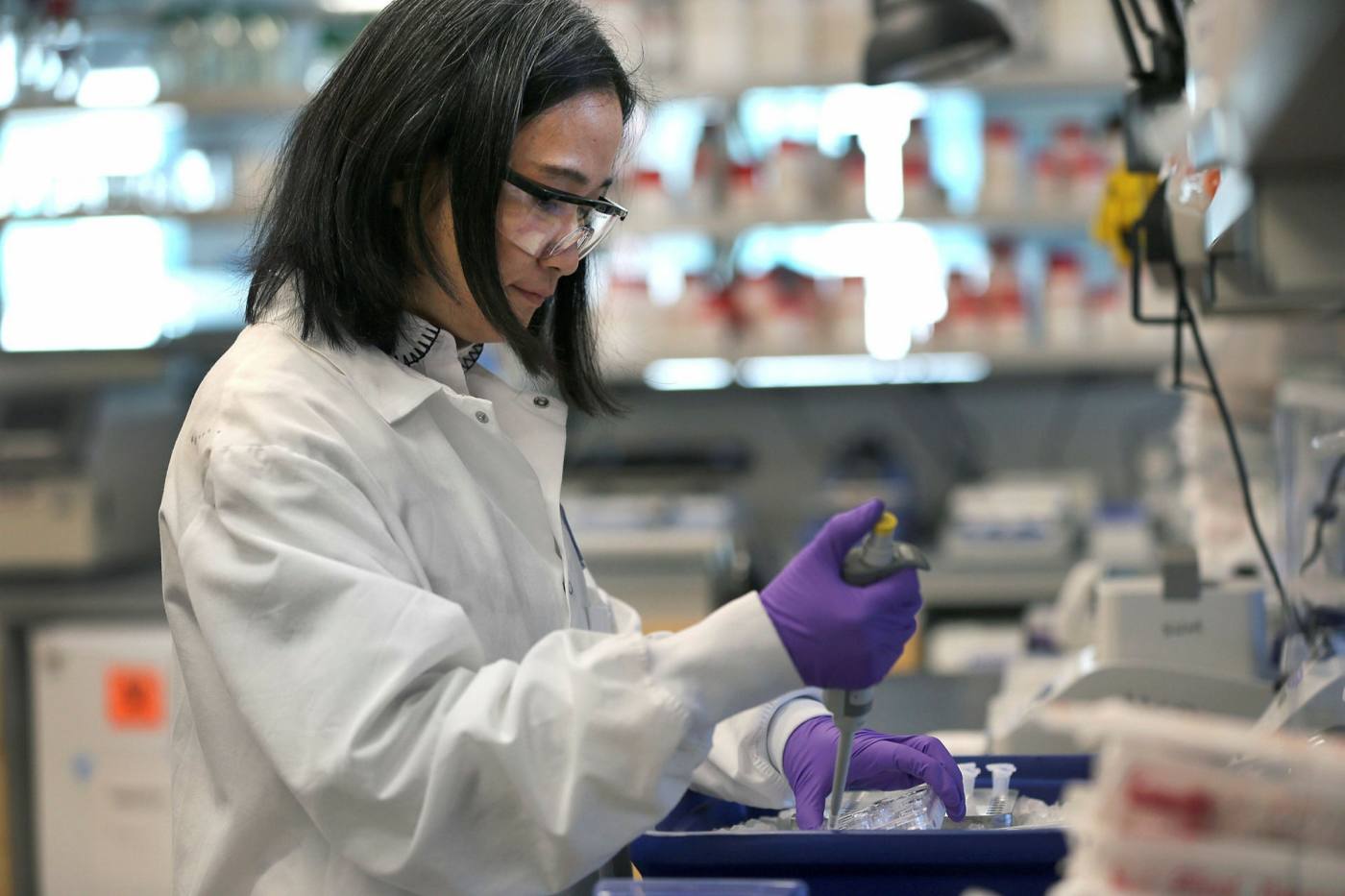

Until a regulator approves a drug discovered entirely by AI, there will be doubters. There are now 15 drug candidates designed by AI in clinical trials — but precisely because drug development can take more than a decade, it will be a long wait for a verdict.
在监管机构批准完全由人工智能发现的药物之前,肯定会有人持怀疑态度。目前有15种由人工智能设计的候选药物正在进行临床试验,但正是因为药物开发可能需要10年以上的时间,所以要等待结果将是一个漫长的过程。
“There’s still an awful lot of people”, says Richardson, “that don’t believe a word of it and think it’s all hype.”
理查森说:“仍然有相当多的人不相信,认为这都是炒作。”
Safety valves
安全阀
As the pandemic progressed, clinicians around the world looked to recommendations from the UK’s recovery trial to guide their prescriptions. Martin Landray, a professor of medicine and epidemiology at Oxford university, helped run the randomised controlled trial for Covid drugs. But when selecting what to test in patients, he says, he found AI only “moderately useful”.
随着疫情的发展,世界各地的临床医生都在寻求英国康复试验的建议,以指导他们的处方。牛津大学医学和流行病学教授马丁·兰德雷(Martin Landray)帮助开展了Covid药物的随机对照试验。但他说,在选择在病人身上测试什么时,他发现人工智能“用处不大”。
“The trouble is [the drug discovery algorithms] all come up with a prioritised list [of treatments] in a different order than you put in,” he says, adding the “mathematical rationale” often fails to consider practicalities.
他表示:“问题是(药物发现算法)都会按照不同的顺序列出(治疗方法)的优先顺序。”他补充称,“数学原理”往往没有考虑到实用性。
The recovery trial’s investigators chose drugs based on having some evidence that they might work — such as tackling previous coronaviruses or proving effective in pre-clinical tests. But they also took into account whether the drug was in plentiful supply, and how much was understood about side effects.
康复试验的调查人员选择药物的依据是有一些证据表明它们可能有效,比如应对之前的新冠病毒或在临床前测试中证明有效。但他们也考虑了该药物是否供应充足,以及对其副作用的了解程度。
Landray says safety has almost “infinite dimensions” that AI struggles to predict, far more complex than some of its biggest successes, such as learning to beat humans at the ancient Chinese game Go. “Instead of trying to play Go, [AI in drug discovery] is like trying to play every game that has ever been invented, some of which don’t even have rules,” he says.
兰德雷表示,安全几乎具有人工智能难以预测的“无限维度”,远比人工智能取得的一些最大成功要复杂得多,比如在古老的中国游戏围棋中学会击败人类。他表示:“(人工智能在药物研发中的应用)不是试图玩围棋,而是试图玩所有被发明出来的游戏,其中有些甚至没有规则。”
Let loose on the world of biology, AI could also be dangerous. Researchers recently showed how their algorithm discovered 40,000 toxic chemical compounds, many of which could be used as biological weapons, in less than six hours.
在生物世界中,人工智能也可能是危险的。研究人员最近展示了他们的算法是如何在不到6小时的时间里发现4万种有毒化合物的,其中许多可以被用作生物武器。
Covid-19 showed the need for rapid drug development — but the initial lack of information about the disease meant it was not the perfect proof point for AI. At the start, there was little data for an algorithm to learn from, meaning even Benevolent’s scientists had to take a more hands-on approach — using AI as an interactive tool — than they would with other diseases.
Covid-19表明需要快速开发药物,但最初缺乏有关这种疾病的信息,这意味着它不是人工智能的完美证明点。一开始,可供算法学习的数据很少,这意味着即使是Benevolent的科学家也不得不采取一种更亲力亲为的方法——将人工智能作为一种互动工具——而不是像对待其他疾病那样。
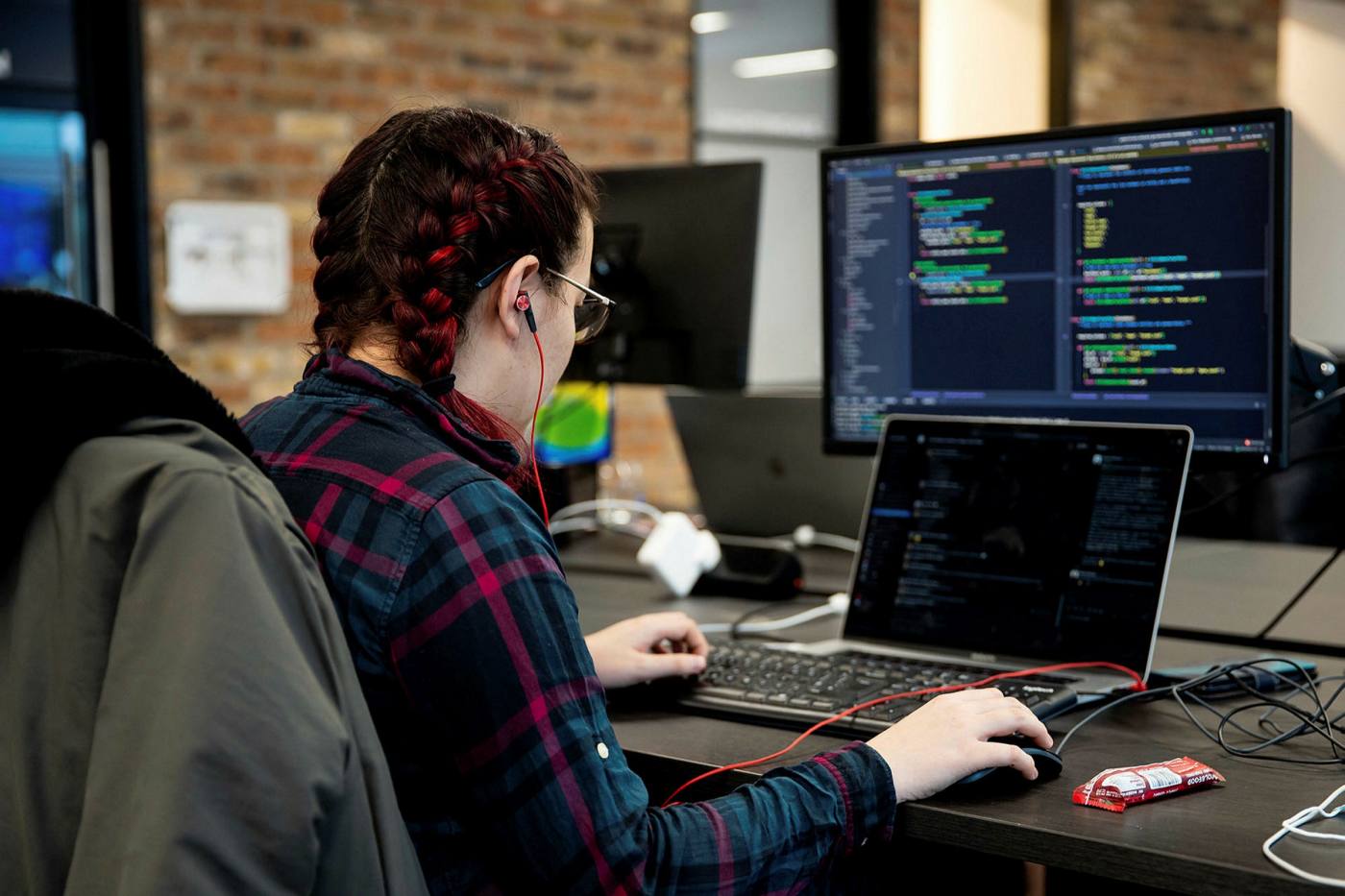

Daphne Koller, chief executive of Silicon Valley based AI start-up Insitro, which focuses on drug discovery, applauds Benevolent for demonstrating that it is feasible to find a drug to repurpose, but warns that it is different from discovering a completely new compound.
位于硅谷的人工智能初创公司Insitro的首席执行官达芙妮•科勒(Daphne Koller)专注于药物发现,她称赞Benevolent公司证明了找到一种可以重新利用的药物是可行的,但她警告说这与发现一种全新的化合物不同。
“I’m not a fan of going out with extravagant promises about how we’re going to transform everything within three years,” she says. “Human biology is hard: intervening in something that can cause someone to die is a very risky proposition.”
她说:“我不喜欢随便许下什么我们将在三年内改变一切的奢侈承诺。人类生物学很难:干预可能导致人死亡的事情是一个非常危险的命题。”
Another similarly named AI start-up Insilico designed its own Covid drug. The Hong Kong-based company published a paper on its findings in April 2020 for anyone to use. When no one decided to develop it, the company synthesised the drug itself in September of the same year. But without the facilities of a large pharmaceutical company, it had to wait nine months to test it in a lab secure enough to handle the virus. And it is still yet to reach human trials.
另一家名字相似的人工智能初创公司Insilico设计了自己的Covid药物。这家位于香港的公司在2020年4月发表了一篇关于其发现的论文,供任何人使用。当没有人决定开发它时,该公司在同年9月自己合成了这种药物。但由于没有大型制药公司的设施,它不得不等待9个月,在一个足以处理病毒的安全实验室进行测试。而且它仍未进入人体试验阶段。
The pandemic highlighted the two biggest hurdles for the future of AI in drug discovery: making sense of the patchy but ever more plentiful data, and changing the strategies of large pharmaceutical companies cautious about getting into bed with AI.
这场大流行凸显了人工智能在药物发现领域未来的两个最大障碍:使零散但日益丰富的数据变得有意义,以及改变对与人工智能合作持谨慎态度的大型制药公司的策略。
Frank Nestlé, Sanofi’s chief scientific officer, is embracing AI with vigour, having recently signed two big deals with Oxford-based Exscientia and medical AI company Owkin. He says AI relies on three pillars — computing power, algorithms and data.
赛诺菲(Sanofi)首席科学官弗兰克·内斯特尔(Frank Nestlé)正积极拥抱人工智能。最近,他与总部位于牛津的Exscientia和医疗人工智能公司Owkin签署了两项重大协议。他说,人工智能依赖三大支柱——计算能力、算法和数据。
“Data is where there’s the biggest need for improvement — and that’s also where the future step change will come,” he adds.
他补充道:“数据是最需要改进的地方,也是未来需要改变的地方。”
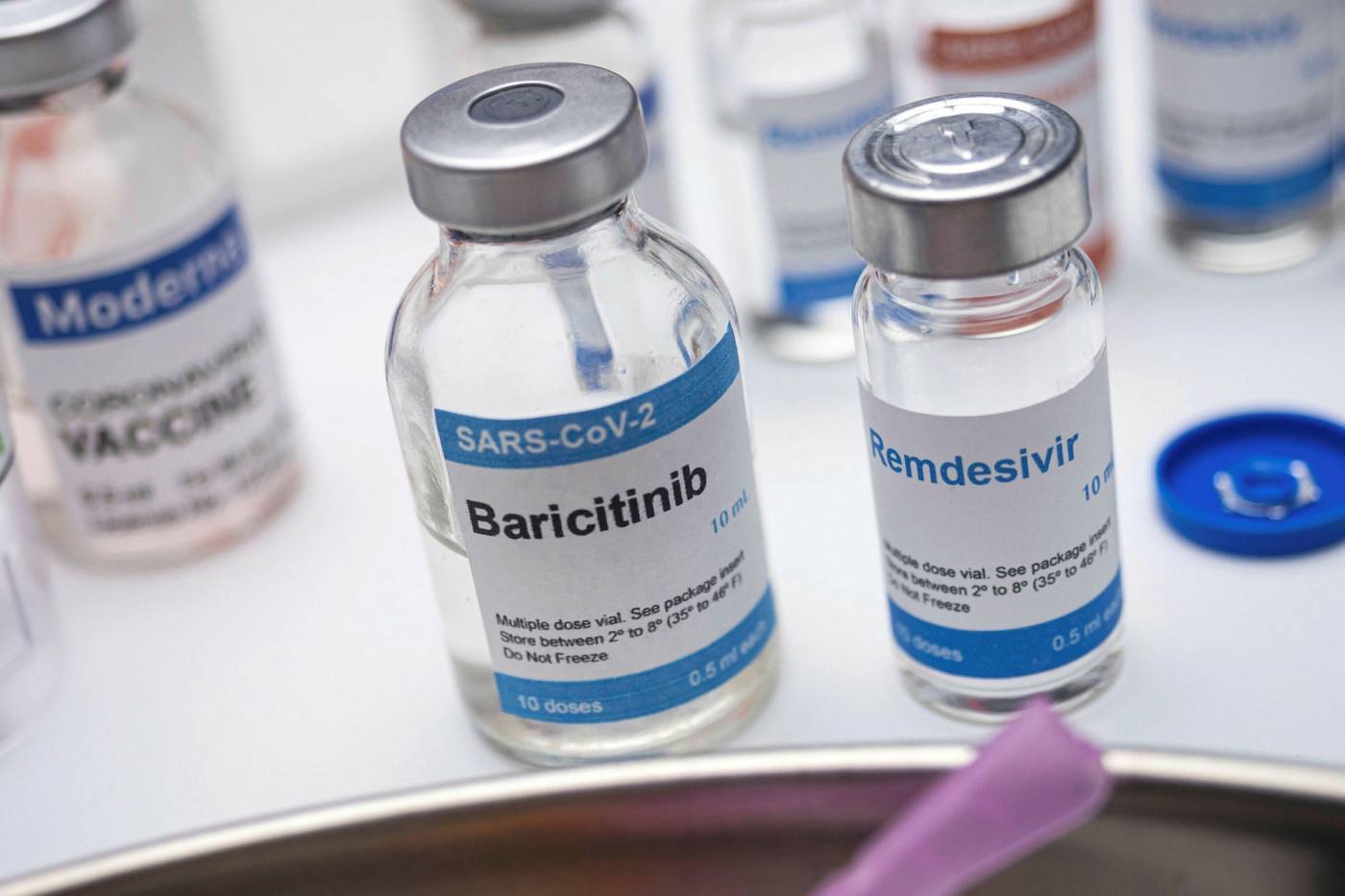

There has been an explosion of data because it has become much easier and cheaper to collect sequences of genes and proteins. Drugmakers hold huge stores of data from trials on humans and animals, but it is often in forms AI finds difficult to digest, from handwritten lab notes to Excel spreadsheets.
由于收集基因和蛋白质的序列变得更加容易和便宜,数据已经出现了爆炸。制药商拥有大量来自人类和动物试验的数据,但这些数据往往是人工智能难以消化的形式,从手写的实验笔记到Excel电子表格。
Nestlé says tagging this data requires painstaking precision: for example, lab samples shipped overnight should be differentiated from others, because they have different molecular footprints that could drive algorithms to the wrong conclusions based on how it was shipped, not what was in the patient’s tissue.
内斯特尔表示,标记这些数据需要艰苦的精确性:例如,隔夜运送的实验室样本应与其他样本区分开来,因为它们有不同的分子足迹,可能会促使算法根据运送方式而不是病人组织中的内容得出错误结论。
Such work takes time. Ugur Sahin, BioNTech chief executive, says the German biotech used a “man-in-the-middle” approach to machine learning for four years with humans helping to educate its algorithm. “AI is like kids. You have to really teach them a lot until they start to come to conclusions,” he says.
这样的工作需要时间。BioNTech首席执行官乌格•沙欣(Ugur Sahin)表示,这家德国生物技术公司在4年时间里使用了一种“中间人”的方法来进行机器学习,由人类帮助培训算法。“人工智能就像孩子。你必须教他们很多东西,直到他们开始得出结论,”他说。
Companies that invested in their data have seen it pay dividends. In 2020, Pfizer could not automatically screen one of its libraries that holds data on 4.5bn commercially available compounds. Now, it can scan the entire database in 48 hours vastly speeding up its ability to identify potential new medicines.
对数据进行投资的公司已经看到了回报。2020年,辉瑞(Pfizer)无法自动筛选其拥有45亿种商业可用化合物数据的数据库之一。现在,它可以在48小时内扫描整个数据库,大大加快了它识别潜在新药的能力。
Others stress the importance of hiring employees who can bridge the gap between AI and more traditional scientific methods. Najat Khan, chief data science officer and head of R&D strategy at Janssen, the pharmaceuticals arm of Johnson & Johnson, says it is building a bank of “bilingual talent”.
另一些人则强调雇用能够在人工智能和更传统的科学方法之间架起桥梁的员工的重要性。强生(Johnson & Johnson)的制药部门杨森(Janssen)的首席数据科学官兼研发战略主管纳贾特·汗(Najat Khan)说,它正在建立一个“双语人才”库。
“We have data scientists who are highly proficient in machine learning, in AI, in digital health and real world evidence — and deeply knowledgeable in drug discovery science and medicine,” she adds.
她补充说:“我们的数据科学家精通机器学习、人工智能、数字健康和真实世界证据,并且对药物发现科学和医学有深刻的了解。”
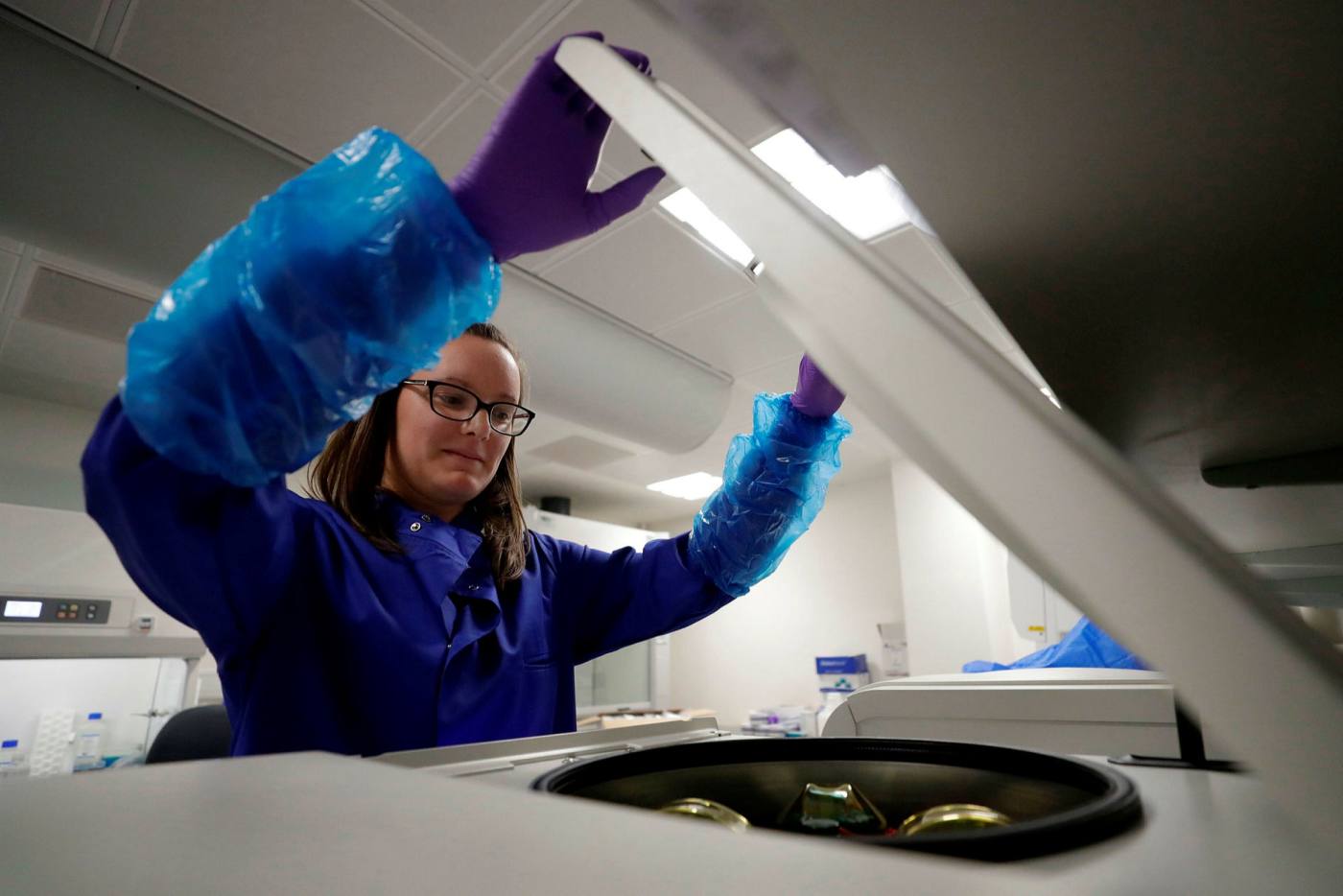

But some pharmaceutical companies are still figuring out how best to incorporate AI, unsure about how much to invest in the new field rather than progressing their current pipelines and struggling to hire talent from technology companies.
但一些制药公司仍在摸索如何最好地纳入人工智能,不确定应该在新领域投资多少,以及应该在花多大力气继续推进他们目前的管道,并难以从技术公司招聘人才。
Miraz Rahman, a professor of medicinal chemistry at King’s College London, says the industry has been burnt before by pouring money into combinatorial chemistry, a method of building libraries of compounds that has been useful in recent decades but not as transformative as promised.
伦敦大学国王学院药物化学教授米拉兹·拉赫曼(Miraz Rahman)说,该行业曾经因为向组合化学倾注资金而被遭受重挫,这种建立化合物库的方法在最近几十年里一直很有用,但并不像承诺的那样具有变革性。
Yet he believes that in the next five to 10 years, all big pharma companies will have integrated AI into drug discovery. “All the data suggests AI is here to stay,” adds Rahman. “It is going to make discovery more streamlined and shave off three to four years of time if you can successfully adopt AI.”
但他认为,在未来5至10年内,所有大型制药公司都将把人工智能整合到药物研发中。拉赫曼补充道:“所有数据都表明,人工智能将继续存在。如果你能成功采用人工智能,它将使发现变得更流畅,并节省三到四年的时间。”
Unlocking science
解锁科学
Thomas Clozel, chief executive of Owkin, says repurposing drugs is simply a “hack” and that the long-term hope for AI is that it can transform our understanding of disease.
Owkin首席执行官托马斯•克洛泽尔(Thomas Clozel)表示,将药物重新利用只是一种“修修补补”,人工智能的长期希望在于,它可以改变我们对疾病的理解。
“AI today isn’t ready to treat patients better. It is ready to accelerate the return on investment of drug discovery,” he says. “But what about augmenting it — when are you going to find things where pharma failed?”
“今天的人工智能还没有准备好更好地治疗病人。它已准备好加速药物研发的投资回报,”他说。“但如何扩大它呢?你什么时候才能发现制药公司失败的地方?”
He thinks the real innovation will come from empirical evidence mined from “patient data”. Owkin builds data sets from hospitals and analyses cellular level information to find new patient subgroups. Using computer vision — AI that can understand and read images — to study biopsies, the company can predict survival rates in patients with the aggressive cancer mesothelioma, which mainly affects the lining of the lungs. This could unlock doors for drugmakers to compounds, which might increase survival rates.
他认为,真正的创新将来自于从“患者数据”中挖掘出的实证证据。Owkin建立了来自医院的数据集,并分析细胞层面的信息,以发现新的患者亚群。该公司利用计算机视觉(一种能够理解和读取图像的人工智能)来研究活组织检查,可以预测侵袭性肿瘤间皮瘤患者的存活率。间皮瘤主要影响肺部粘膜。这可能会为制药商打开开发复合药物的大门,从而提高存活率。
The deeper our understanding, the more personalised medicine may become. Before it became famous for its Covid vaccine, BioNTech was focused on creating “cancer vaccines” tailored to direct an individuals’ immune system to attack his or her own disease, using data from an extracted tumour. It is now ploughing ahead with that work and with AI at its core.
我们理解得越深,药物的个性化程度可能就越高。在因新冠病毒疫苗而出名之前,BioNTech专注于开发“癌症疫苗”,利用提取的肿瘤数据,定制个性化的“癌症疫苗”,引导个人的免疫系统攻击他或她自己的疾病。目前,该公司正以人工智能为核心,努力推进这项工作。
“The question is: if every patient has different mutations, could we build machine learning programmes that allow us to pick the best targets in each patient?” asks Sahin.
“问题是:如果每个患者都有不同的突变,我们能否构建机器学习程序,让我们能够在每个患者身上选择最佳目标?”沙欣问道。
It is an “extremely complex task”, he adds, that involves weighing factors including the likelihood a mutation is in the tumour and the probability that the immune system’s T-cells recognise it. But he adds that machine learning has become “better and better”, and now humans only intervene for quality assurance.
他补充说,这是一项“极其复杂的任务”,涉及到权衡因素,包括肿瘤发生突变的可能性和免疫系统的T细胞识别突变的可能性。但他补充说,机器学习已经变得“越来越好”,现在人类干预只是为了保证质量。
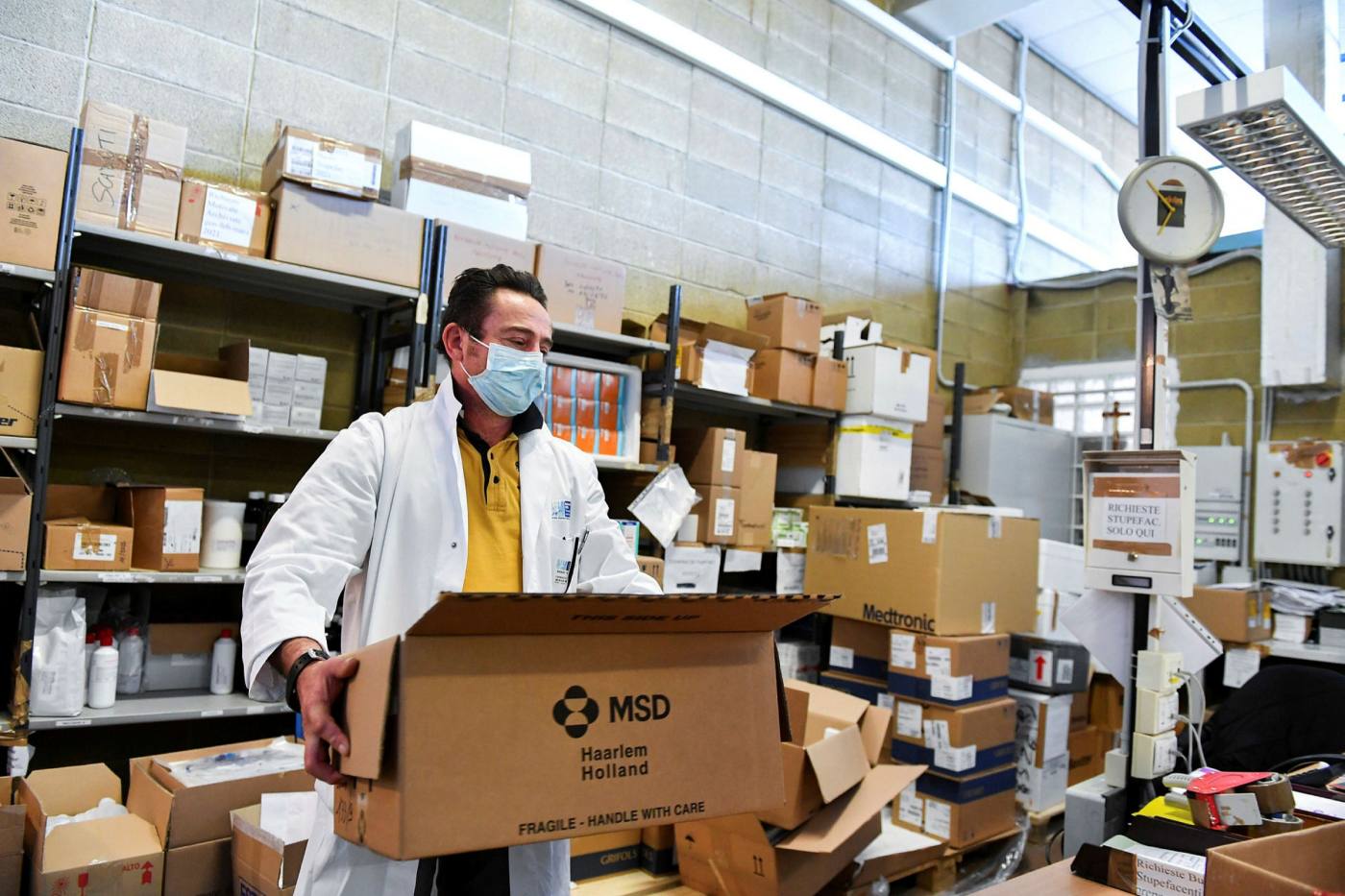

Other innovations may accelerate progress. Last year, Google’s DeepMind released an AI tool called Alphafold2 that can predict the shape of all human proteins. By solving this huge puzzle in biology, it helps scientists understand what each protein does and how to alter it. Drugmakers can use it to understand where a drug might need to bind to a target in a human body. DeepMind plans to do just that, launching a new company Isomorphic Labs to “find cures for humanity’s most devastating diseases”.
其他创新可能会加速进步。去年,谷歌的DeepMind发布了一款名为Alphafold2的人工智能工具,它可以预测所有人类蛋白质的形状。通过解决这个生物学上的巨大难题,它有助于科学家了解每种蛋白质的作用以及如何改变它。制药商可以利用它来了解药物可能需要在人体的哪个部位与目标结合。DeepMind正计划这样做,成立一家新公司同构实验室(Isomorphic Labs),以“找到治疗人类最具破坏性疾病的方法”。
Large pharmaceutical companies are interested in using the tool. J&J’s Khan says there are so many proteins that are considered “undruggable” because of a tricky protein. “It is going to unlock a lot of science that was impossible and make it possible,” she says.
大型制药公司对使用这个工具很感兴趣。强生公司的汗说,由于一种棘手的蛋白质,有很多蛋白质被认为是“无药可治”的。她说:“这将解开许多以前不可能的科学之谜,并使之成为可能。”
Advances in quantum computing could also massively increase the available computer power to help tackle problems in drug discovery. But for now, AI may prove more helpful with the next generation of Covid drugs and vaccines.
量子计算的进步也可以大大增加可用的计算机能力,以帮助解决药物发现方面的问题。但就目前而言,人工智能可能对下一代抗疫药物和疫苗更有帮助。
The virus is now one of the most scrutinised ever. BioNTech has partnered with AI start-up InstaDeep to predict the next high-risk variant, so its flexible mRNA vaccine platform can get ahead of it. The resultant algorithm identified more than 90 per cent of variants of concern, including the Omicron strain, in advance. AbCellera used AI to select the most robust antibody that can stand up better to variants and Exscientia wants to create a broad spectrum antiviral that could be used to tackle the next pandemic virus, whatever it turns out to be.
这种病毒现在是有史以来最受关注的病毒之一。BioNTech已与人工智能初创公司InstaDeep合作,预测下一个高风险变异,因此其灵活的mRNA疫苗平台可以领先于它。由此产生的算法提前识别出了90%以上的担忧变种,包括奥密克戎(Omicron)毒株。AbCellera利用人工智能选择了最强大的抗体,这种抗体能够更好地抵御变异,而Exscientia希望创造一种广谱抗病毒药物,可以用来对付下一种大流行病毒,无论它最终会是什么。
Andrew Hopkins, Exscientia chief executive, says he is starting to see a “sea change” as larger pharmaceutical companies are more interested in investing in AI.
Exscientia首席执行官安德鲁•霍普金斯(Andrew Hopkins)表示,随着大型制药公司对投资人工智能更感兴趣,他开始看到一种“巨变”。
“There is a realisation of how we can use data and algorithms,” he says. “That what the industry did for coronavirus patients is actually something we should apply for all patients. It’s an urgency that we should bring to all medicines for all patients.”
他表示:“我们已经认识到了如何利用数据和算法。该行业为新冠病毒患者所做的,实际上我们应该适用于所有患者。我们迫切需要为所有患者带来所有药物。”
Additional reporting by Madhumita Murgia in London
Madhumita Murgia伦敦补充报道